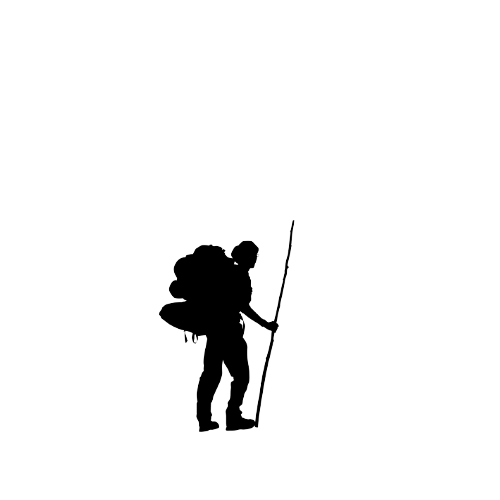
Credit: Mayank jangid
About Junagarh fort
A must-visit destination near Delhi, Bikaner is home to many architectural places of the bygone era. Jungagarh Fort is a well-preserved fort that should be on your itinerary if you want to visit Bikaner. Situated at a distance of just 2 km from the Bikaner Junction Railway station, the place is well connected to other parts of India.
History of Junagarh Fort
Junagarh Fort was constructed between 1589 and 1593 AD by Raja Rai Singh, the 6th ruler of Bikaner. It was originally known as Chintamani. The impressive fort structure that we see today was added by subsequent rulers. Later , when the ruling family moved to Lalgarh Palace outside its premises , the fort was renamed Junagarh, meaning “Old Fort.”.
Spread over a vast area , the massive structure boasts 37 bastions and is surrounded by 986-meter-long walls. Junagarh Fort has two entrances named Karan Pol and Suraj Pol. A multistory palace is a blend of red sandstone and white marble.
Highlights of Junagarh Fort
Anup Mahal
Anup Mahal served as the governance chamber for the ruler of Bikaner. Adorned with lacquer work in red and gold, it showcases the treasure of the royal family.
Hawa Mahal
Hawa Mahal within the Junagarh Fort provides breathtaking panoramic views of the surrounding area. Delicate latticework in the architecture of Hawa Mahal gives the palace a unique look.
Chandra mahal
Mirrors, carved marble panels, and paintings make Chandra Mahal one of the most prominent palaces within the fort complex. Also known as the Moon Palace, it showcases the artistic brilliance of the era.
Phool Mahal
Phool Mahal, another place within the complex, is adorned with exquisite glasses and mirrors. It is a sight to behold with its grandeur and opulence.
Badal Mahal
Bada Mahal, also known as the Palace of Clouds, has intricate artwork that adds a touch of mystique to the palace. Paintings depicting Goddess Radha in rain clouds with Lord Krishana are well adorned with beautiful frescos.
Diwan-e-Khas
Meetings with a private audience were held in the Diwan-e-Khas, where the rulers of Bikaner consulted their most trusted advisers. Its halls were designed to reflect the grandeur of the Mughal era.
Dungar Mahal
Offering breathtaking vistas from its vantage point, Dungar Mahal is another part of the Junagarh Fort.
Ganga Mahal, also known as Gang Niwas, is the residence of the ruling family. In the Rang Mahal, which also means “ Palace of Colors,” there are artistic and vibrant wall paintings. It reflects the rich cultural heritage of the region.
Har Mandir
A place of worship for the royal family, the Har Mandir is a serene and sacred space within the fort.
Prachina Museum
The fort also hosts the Prachina Museum, which displays a vast collection of artifacts and provides insights into the rich history and culture of ancient Bikaner. The museum showcases family portraits of former rulers, offering a glimpse into their lives and times.
Timings and Entry Fees
The Junagarh Fort is open to visitors from 10 a.m. to 4:30 p.m., while the Prachina Museum welcomes visitors from 9 a.m. to 6 p.m. The entry fee for the fort is Rs. 50 for Indians, Rs. 300 for foreigners, and an additional Rs. 100 for access to Phool Mahal and Chandra Mahal. The museum entry fee is Rs. 10 for Indians, Rs. 25 for foreigners, and Rs. 20 for cameras.
